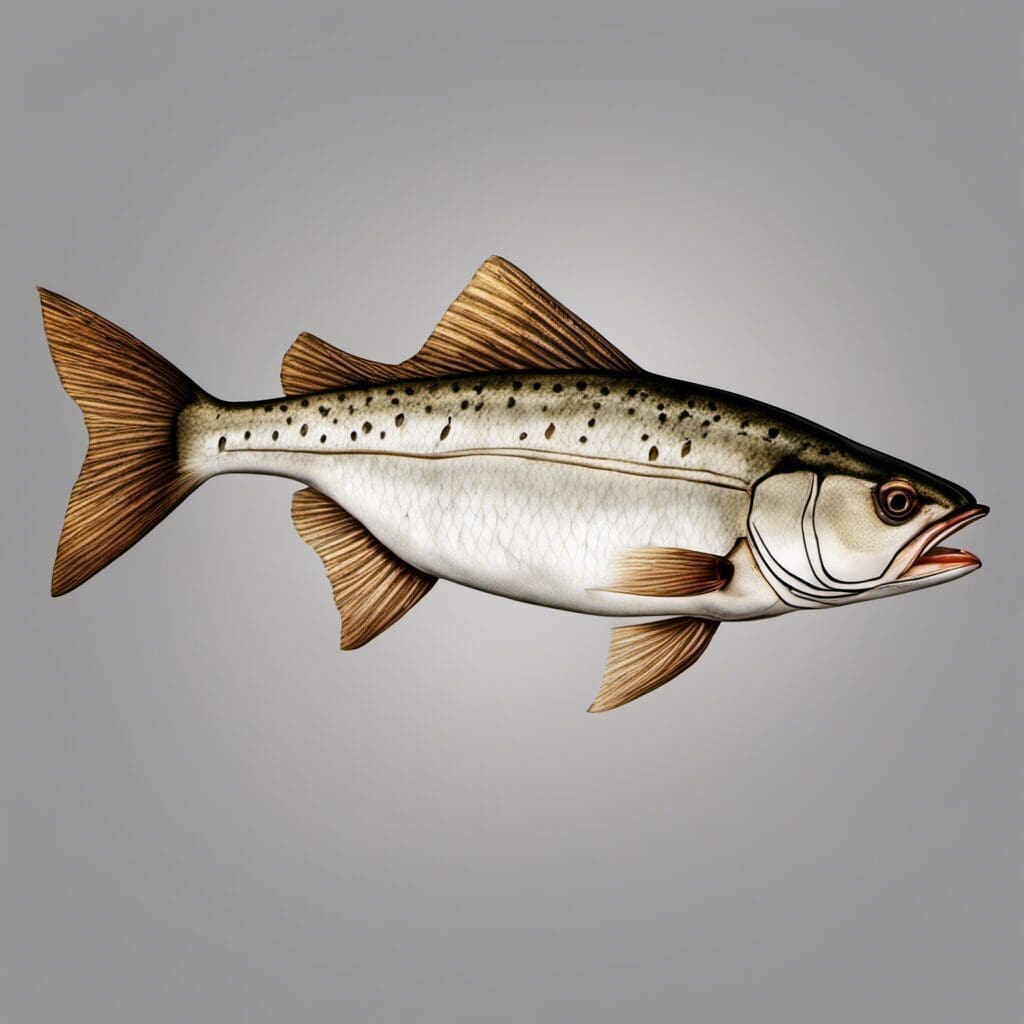Introduction
The Longnose Sucker (Catostomus catostomus) belongs to the Catostomidae family, widely known for its elongated snout and mouth positioned under the head.
Conservation Status
Currently, the Longnose Sucker is classified as “Least Concern” by various conservation bodies due to its widespread distribution and large population sizes. Nonetheless, efforts to monitor populations and protect habitats are ongoing.
Statistics
| Statistic | Average | Range |
|---|---|---|
| Length | 40 cm | 25-50 cm |
| Weight | 1 kg | 0.5-1.5 kg |
| Average Lifespan | 13 years | N/A |
Distribution
Longnose Suckers are found across North America, from Alaska and Canada to the northeastern United States. They don’t typically migrate but may move upriver for spawning.
Habitats
This species prefers freshwater environments like rivers and lakes. They tend to favor cold, clear waters, and can be found at various depths depending on the time of year and availability of food.
When and Where to See
Longnose Suckers are most active during spring when they move upriver to spawn. They can be observed during daylight hours, generally in shallow waters around the edges of rivers and lakes.
Best Fishing Locations
Longnose Suckers can be found in:
1. Lake Tahoe, California/Nevada
2. Lake Superior, Michigan
3. Kenai River, Alaska
4. Mississippi River, Minnesota
5. Great Slave Lake, Canada
6. Columbia River, Washington
7. Platte River, Nebraska
8. Lake Huron, Michigan
9. Yukon River, Alaska
10. Saint Lawrence River, Canada
Look for fast-moving clear waters or shallow, rocky areas where Longnose Suckers often gather to feed and breed.
How to Catch
The most effective baits for Longnose Suckers are worms and small minnows, but they can also be tempted by artificial flies. Traditional rod and reel fishing, as well as fly fishing, can be successful tactics. Early spring, during the spawning season, is the best time for fishing.
Identification Guide
Longnose Suckers are characterized by their elongated snouts, under-positioned mouths, and cylindrical bodies. They are generally dark brown on top, fading to a lighter shade on their sides and belly.
Culinary
While they aren’t a favored sport fish, Longnose Suckers can be eaten and are sometimes smoked or used in fish cakes. They have a mild taste and firm texture.
Additional Information
Longnose Suckers are primarily bottom feeders, consuming plant material, insects, and small invertebrates. They spawn in the spring, with females laying their eggs in gravelly areas of fast-flowing streams. Potential threats include overfishing and habitat loss.
References and Further Reading
- FishBase – Longnose Sucker
- Animal Diversity Web – Longnose Sucker
- Alaska Fish and Wildlife Conservation Office – Longnose Sucker

